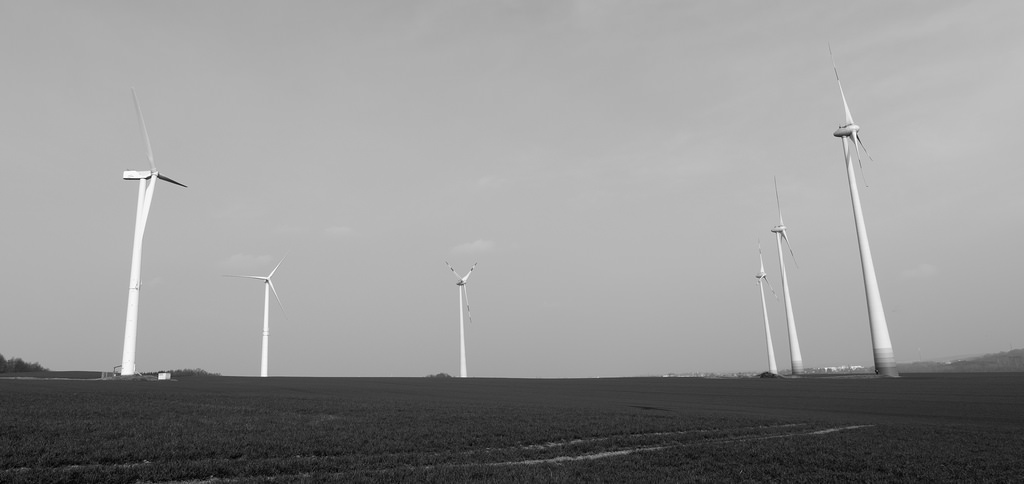Edward Robinson is a freelance researcher and consultant.
The EU and green growth. What’s it up to?
So far, the British debate on continued EU membership has largely avoided discussion of long-term sustainable development. But on this distinctly 21st century political challenge, the EU is doing a lot. In this piece, I survey the two flagship policies. Bestriding EU...
So far, the British debate on continued EU membership has largely avoided discussion of long-term sustainable development. But on this distinctly 21st century political challenge, the EU is doing a lot. In this piece, I survey the two flagship policies.
Bestriding EU climate policy is the European Emissions Trading Scheme (ETS) and the programme to reform it. The ETS was the world’s first international carbon market when it launched in 2005. It sets a legal limit to greenhouse gas emissions across the EU and then gradually lowers it, using price signals to find the cheapest methods. The timeframe is a 20% cut in emissions by 2020 and a 40% cut by 2030, on 1990 levels. It was this 40% figure that formed the backbone of the EU’s submission to the COP21 process last year, one of the only submissions to be underwritten by a legal framework.
The ETS allocates a specific number of free emissions allowances (or pollution permits) to companies across the EU (in almost every sector bar transport and agriculture). The aim is to update the allocations for each sector regularly, to ensure they are always tightening. What constitutes average emissions in a given sector is a technical and much-debated question. But, once decided, if firms need more allowances, they have to buy them from others. This is supposed to allow efficient firms to make money from unneeded allowances, but if they charge too much it becomes cheaper for polluters to invest in cutting their own emissions rather than coughing up for more permits. The market logic is impeccable and the ETS is working, insofar as EU emissions reductions are on target for 2020.
The problem for 2030, though, is that too many allowances have been given away by governments anxious not to “tax” industry, meaning that the “carbon price” is currently too low to incentivise more emissions-cutting innovation. So the aim of the ETS reform process is to find fair ways to pull allowances off the market, the climate equivalent (sort of) of raising interest rates. But you don’t want to raise the price so much that industry runs off to countries with laxer rules (carbon leakage). Nor do you want companies simply passing on the costs to consumers. Cue immense debates over what free permits each sector deserves, which poorer EU countries should get special treatment, how and where the revenue should be spent, what constitutes an industry “vulnerable to foreign competition” and whether the ETS could merge with other international schemes. These questions are unavoidable. The sources of emissions are part of global supply-chains and are highly mobile. So cap-and-trade schemes have to be large enough to incentivise sector-wide innovation without setting off a race to the bottom.
But the ETS covers only emissions. It doesn’t touch the whole question of resource security in a world marching towards a resources-shock unless another Earth-sized planet’s worth of raw materials is discovered soon. This is where the second largest item on the EU’s environmental agenda comes in: the Circular Economy package. This agglomeration of legislation aims to decouple European economic growth from raw material consumption and (one day) to create an economy without waste. The first step is to stop valuable materials being buried or burned.
The plan is for an updated “Ecodesign” directive to ensure that electrical products sold in the EU are designed with “reparability, durability, upgradeability and recyclability” in mind. This is already opening up intellectual property questions, with manufacturers worried about handing over carefully guarded product specs to all and sundry. But it should put an end to things like planned obsolesce and software updates that require new hardware.
In parallel to ecodesign, the updated Waste Framework Directive plans to harmonise rules making producers of almost all products responsible for the full costs of disposal, opening up debates on what full costs constitute (as these vary hugely across the EU). Several waste-streams are singled out, packaging and e-waste being two. And framing all of this are new proposals practically banning landfill by 2030.
On both ETS and Circular Economy, member governments and the European Parliament have agreed to the general outlines but still need to thrash out the details. Like with emissions, waste is highly mobile, with thousands of tons of it moving around the EU on a weekly basis and much of it shipped out of Europe (often illegally) to be disposed of cheaply. So both problems require continent-wide solutions – at minimum. And the proposed solutions throw up complex political questions that need a formal political process to have any chance of being resolved this century. Like it or not, the EU provides that process and we undermine it at our cost.
